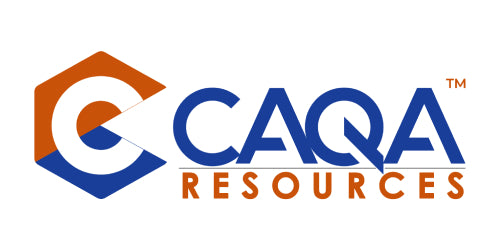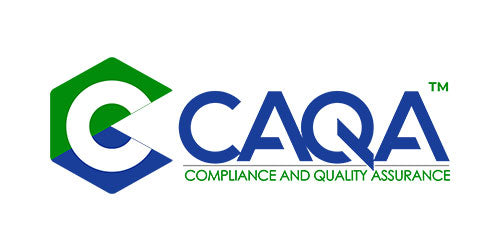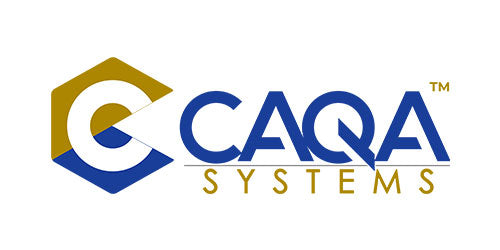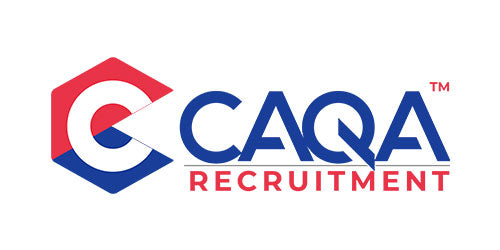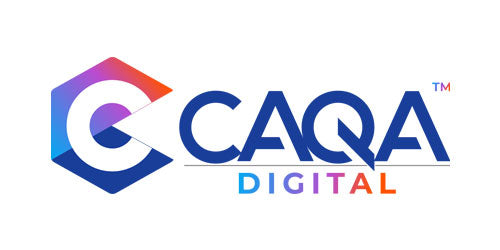Australia's Vocational Education and Training (VET) sector plays a crucial role in developing a skilled workforce to meet the evolving needs of industries and the economy. At the heart of this system lies a unique approach to structuring qualifications: Training Packages. These comprehensive frameworks form the backbone of VET, ensuring that the skills and knowledge imparted through vocational education align closely with the requirements of modern workplaces.
This article delves into the intricacies of the Australian VET sector, with a particular focus on Training Packages. We will explore their development, implementation, and impact on the broader education and employment landscape in Australia.
Overview of the Australian VET Sector
The Australian VET sector is a dynamic and comprehensive system designed to provide practical, job-oriented training to students and workers across a wide range of industries. It caters to a diverse audience, including school leavers, workers looking to upskill or change careers, and individuals seeking to re-enter the workforce.
Key features of the Australian VET sector include:
- Industry-led approach: The sector is closely aligned with industry needs, ensuring that training outcomes are relevant to real-world job requirements.
- Nationally recognised qualifications: VET qualifications are recognised across Australia, promoting workforce mobility and consistency in skills standards.
- Flexible delivery: Training is offered through various modes, including classroom-based learning, online courses, apprenticeships, and traineeships.
- Competency-based training: The focus is on demonstrating practical skills and applied knowledge rather than purely academic achievements.
- Pathways to further education: Many VET qualifications provide credit towards higher education courses, facilitating lifelong learning.
Training Packages: The Foundation of VET
At the core of Australia's VET system are Training Packages. These are comprehensive sets of nationally endorsed standards and qualifications used to recognise and assess the skills and knowledge people need to perform effectively in the workplace.
Definition and Purpose
Training Packages are not curriculum documents or training materials. Instead, they are collections of components that, when combined, provide a framework for training and assessment in specific industry sectors. The primary purpose of Training Packages is to:
- Define the skills and knowledge required for job roles across various industries.
- Describe how these skills and knowledge should be assessed.
- Outline qualifications that can be awarded when competence is achieved.
Components of Training Packages
A typical Training Package consists of several key components:
- Qualifications: These are formal certifications that recognize a person has achieved the required skills and knowledge for a specific job role or industry area.
- Units of Competency: These are the building blocks of qualifications, describing the skills and knowledge required to perform effectively in the workplace.
- Assessment Requirements: These specify the performance and knowledge evidence needed to demonstrate competency in a unit.
- Credit Arrangements: Information about credit for units between qualifications and pathways to higher education.
- Qualification Packaging Rules: These outline how units of competency are combined to make up a qualification.
Development and Maintenance
The development and maintenance of Training Packages is a collaborative process involving multiple stakeholders:
- Industry Reference Committees (IRCs): These committees are made up of people with experience, skills, and knowledge of particular industry sectors. They identify the skills needs of their industry sector and oversee the development and review of Training Packages.
- Skills Service Organisations (SSOs): These organisations provide technical, operational, and secretariat services to IRCs in developing and reviewing Training Packages.
- Australian Industry and Skills Committee (AISC): This committee provides advice on VET policies and approves Training Packages for implementation.
- State and Territory Governments: They endorse Training Packages for use in their jurisdictions.
- Training providers: Registered Training Organizations (RTOs) use Training Packages to develop and deliver training programs.
The development process ensures that Training Packages remain current and relevant to industry needs. Regular reviews and updates are conducted to reflect changes in technology, work practices, and industry requirements.
Implementation of Training Packages
Once developed and endorsed, Training Packages are implemented through a network of Registered Training Organizations (RTOs). These organisations include TAFE institutes, private providers, community organisations, schools, higher education institutions, and enterprise RTOs.
Role of RTOs
RTOs are responsible for:
- Interpreting Training Packages to design and develop curriculum and learning resources.
- Delivering training that meets the requirements outlined in the Training Package.
- Assessing learners against the standards specified in the units of competency.
- Issuing nationally recognised qualifications or statements of attainment.
Flexible Delivery
One of the strengths of the Training Package system is its flexibility in delivery. RTOs can tailor their training programs to meet the needs of different learners and contexts while still adhering to the national standards. This flexibility allows for:
- Customisation of training to specific workplace requirements.
- Delivery through various modes (face-to-face, online, blended learning).
- Recognition of prior learning and experience.
- Adaptation to different learning styles and paces.
Impact on Industry and Workforce Development
Training Packages have a significant impact on industry and workforce development in Australia. Some key benefits include:
Standardisation of Skills
By providing a common language for skills and qualifications across the country, Training Packages facilitate:
- Easier recruitment and selection processes for employers.
- Greater workforce mobility between states and territories.
- Clearer career pathways for individuals.
Industry Relevance
The industry-led development process ensures that:
- Training outcomes align closely with current industry needs.
- Qualifications reflect real job roles and functions.
- Graduates are job-ready with practical, applicable skills.
Adaptability to Change
Regular reviews and updates of Training Packages allow the VET sector to:
- Respond quickly to technological advancements and changing work practices.
- Address skills shortages in emerging industries.
- Phase out obsolete skills and introduce new competencies as required.
Challenges and Criticisms
Despite their central role in the VET system, Training Packages are not without challenges and criticisms:
Complexity
The structure and language of Training Packages can be complex, making them difficult for some stakeholders to interpret and implement effectively.
Timeliness of Updates
While regular reviews are conducted, some argue that the process of updating Training Packages is not fast enough to keep pace with rapidly changing industries.
Balance Between Specificity and Flexibility
There is an ongoing debate about finding the right balance between providing specific guidance and allowing for flexibility in implementation.
Focus on Current Skills
Some critics argue that Training Packages focus too heavily on current industry needs at the expense of preparing learners for future workforce requirements.
Future Directions
As the Australian VET sector continues to evolve, several trends and potential changes are emerging in relation to Training Packages:
Digital Transformation
There is a growing emphasis on incorporating digital skills across all Training Packages to reflect the increasing digitalisation of workplaces.
Micro-credentials
The rise of micro-credentials and skill sets is challenging the traditional qualification-based structure of Training Packages.
Cross-sector Skills
There is increasing recognition of the importance of transferable, cross-sector skills, leading to efforts to incorporate these more effectively into Training Packages.
Streamlining and Simplification
Ongoing efforts are being made to simplify the structure and language of Training Packages to make them more accessible to all stakeholders.
Training Packages are the cornerstone of Australia's Vocational Education and Training sector, providing a robust framework for developing a skilled workforce. By aligning closely with industry needs and maintaining national standards, they play a crucial role in ensuring the relevance and quality of vocational education.
While challenges exist, the flexible and collaborative nature of the Training Package system allows for ongoing improvements and adaptations. As the world of work continues to evolve rapidly, Training Packages will undoubtedly play a vital role in shaping the future of skills development in Australia.
The success of the VET sector, underpinned by Training Packages, is essential for Australia's economic prosperity and competitiveness in the global marketplace. By continually refining and enhancing this system, Australia can ensure its workforce remains highly skilled, adaptable, and ready to meet the challenges of the 21st-century economy.

























